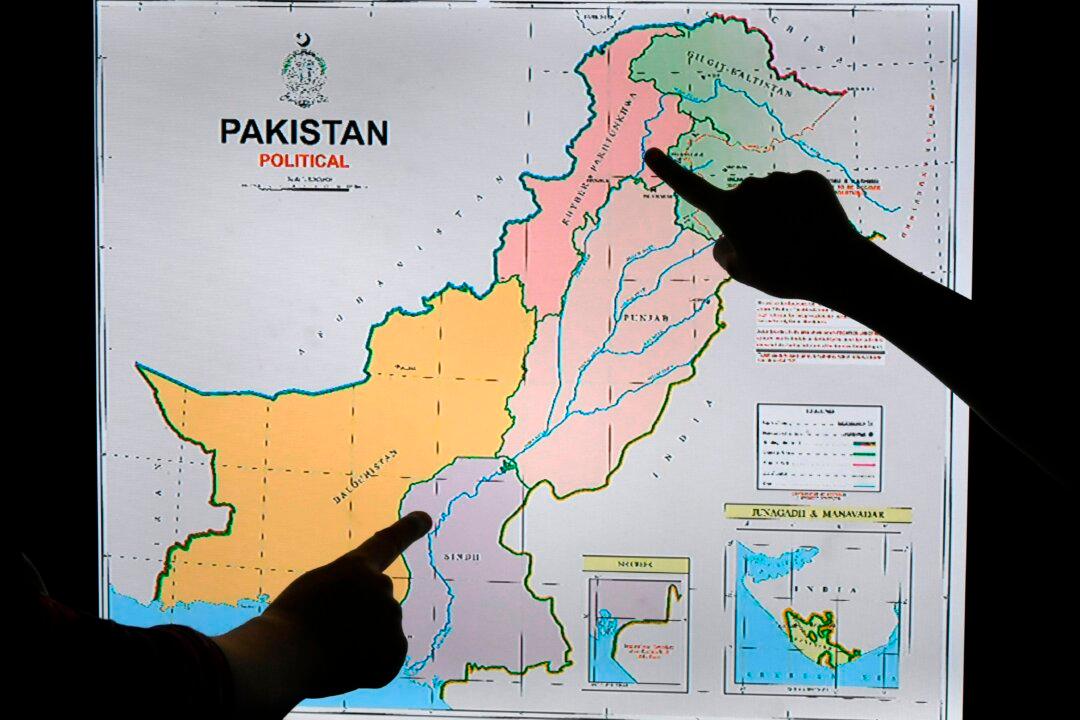By erasing a dotted line on a new map, Pakistan has introduced new controversy into a region that has been the site of four wars between it and India as well as a recent bloody clash between India and China, contested India’s federalization of two provinces a year ago, and supported China’s efforts to exert greater influence.
The dotted line had marked the line of control between Gilgit, occupied by Pakistan but claimed by India, and Jammu and Kashmir, occupied by India but claimed by Pakistan.





